Artichoke Seed Plants: When To Start An Artichoke Seed
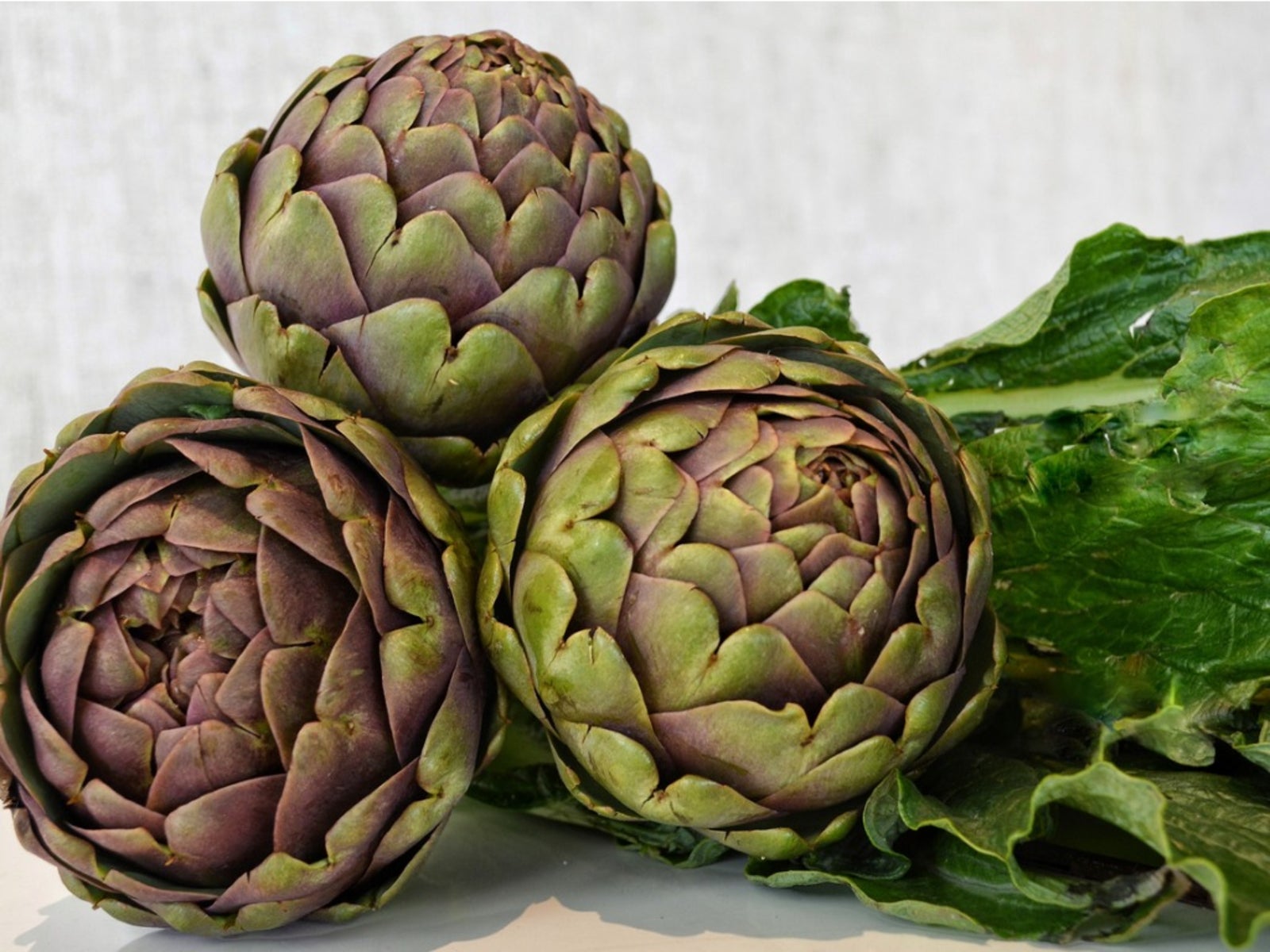

It's the vegetable of aristocrats, said to be a favorite of the Greek god, Zeus. Its exotic shape and size makes it intimidating to many gardeners, but the truth is, it's just a thistle. If left to mature, it will form a beautiful blue-purple bloom with a diameter of 4 to 5 inches (10-13 cm). It's the artichoke, and seed plants from this elegant treat are easy to grow.
There are, of course, a few questions that need to be asked and answered before you start your seed plants; questions about when to start an artichoke seed, what's the best process for germinating artichoke seeds, and how long does it take artichoke seeds to sprout. Let's begin at the end which, in the cycle of life, is also the beginning.
Harvesting Artichoke Seeds
Harvesting artichoke seeds is much the same as the one every gardener uses to collect flower seeds. Remember, your artichoke seed plants are, to all intents and purposes, garden flowers from which you harvest and eat the bud. For the average home gardener, all you'll need is one bud for harvesting artichoke seeds.
Allow the bud to fully open and mature. When the flower begins to brown and die, cut it off, leaving 2 or 3 inches (5-8 cm.) of stem. Place the flower head first into a small paper bag-- those brown paper lunch sacks are great for this-- and, using a piece of string, tie the open end of the bag around the stem and store in a cool, dry place. Do not use plastic bags. They hold in moisture and you want the flower head to dry thoroughly. Once the flower head is completely dry, shake vigorously and voila! You're harvesting artichoke seeds. Don't worry about having enough. Artichoke seeds run about 800 to the ounce.
This process is great if you know someone who is already growing artichoke seed plants or if you're growing store bought plants, but if neither of these scenarios apply, seeds are readily available through catalogs and garden centers and if it's too late for germinating artichoke seeds for this year's garden, the same sources can provide you with already growing artichoke plants.
When to Start an Artichoke Seed
When to start an artichoke seed? As soon as those winter blahs have you wishing for spring! Yes, February is the ideal month for germinating artichoke seed, but they can be started as early as January or as late as the middle of March. For those in warmer climates, where winters are mild and without frost, the timing is a little different. Your artichokes can be grown as short lived perennials and seed should be sown directly into the garden in the fall.
When to start seeds is key to healthy flower head production. They will grow into large, bush-like plants that need a very long growing season. To set their buds, artichokes need a period of vernalization, at least two weeks of cold temperatures below 50 degrees F. (10 C.), yet they are extremely frost sensitive. Therefore, your seedlings must be ready to set out right after the last frost date, but before spring temperatures rise too high.
Gardening tips, videos, info and more delivered right to your inbox!
Sign up for the Gardening Know How newsletter today and receive a free copy of our e-book "How to Grow Delicious Tomatoes".
Planting Artichokes - How Long Does it Take Artichoke Seeds to Sprout?
Artichoke seed plants are not fast starters, which is another reason for early indoor planting. Give your seeds a healthy start by planting two or three seeds in each 3 to 4 inch (8-10 cm.) pot. Fill the pot two-thirds full of good quality, compost rich, soil-based medium. If the potting mix feels heavy, you can add a little perlite for better drainage. Sprinkle your seeds in the pot and cover with a light dusting of potting mix.
Make this first watering a good one, soaking the soil well and allowing the pots to drain. From here on in, water only when necessary. The soil should never be allowed to become soggy, but don't let it dry out either. Barely moist is good.
How long does it take artichoke seeds to sprout? It depends on the richness of your potting medium and the quality of light the plants receive. Ideally, germinating artichoke seeds do best under a controlled grow light, but they can do just as well in a warm, sunny window or a greenhouse for those fortunate enough to have one.
To begin germinating, artichoke seeds need a temperature around 70 to 75 degrees F. (20 C.) and will take two to three weeks to sprout; another thing that should be taken into account when deciding when to start your artichoke plants.
Once seedlings have sprouted, water them with a weak fertilizer solution at least once a week. These plants are heavy feeders! About a month after sprouting, remove the smallest and weakest seedlings leaving only one per pot.
Your indoor grown seedlings should be 8 to 10 inches (20-25 cm.) when they are ready to be hardened off and planted outdoors. Plant them 1½ to 2 feet (45-61 cm.) apart, nourish them well, and enjoy the fruits-- or should I say flowers-- of your labors.

Jackie Rhoades began writing for Gardening Know How in 2010.
-
 Looking For Plants To Give You The Soft And Fuzzies? Try These 5 Fuzzy Leaf Plant Options
Looking For Plants To Give You The Soft And Fuzzies? Try These 5 Fuzzy Leaf Plant OptionsLovers of texture, drama, silver foliage and tactile plants will adore these special sensory garden additions. These fuzzy leaf plant options will leave you all aglow
By Susan Albert
-
 Get Ready For A Summer Of Hummers! Grow These Full Sun Hummingbird Plants and Flowers
Get Ready For A Summer Of Hummers! Grow These Full Sun Hummingbird Plants and FlowersIf you’re lucky enough to enjoy a sunny backyard, make sure you are maxing out on your pollinator opportunities and grow these full sun hummingbird plants and flowers
By Tonya Barnett
-
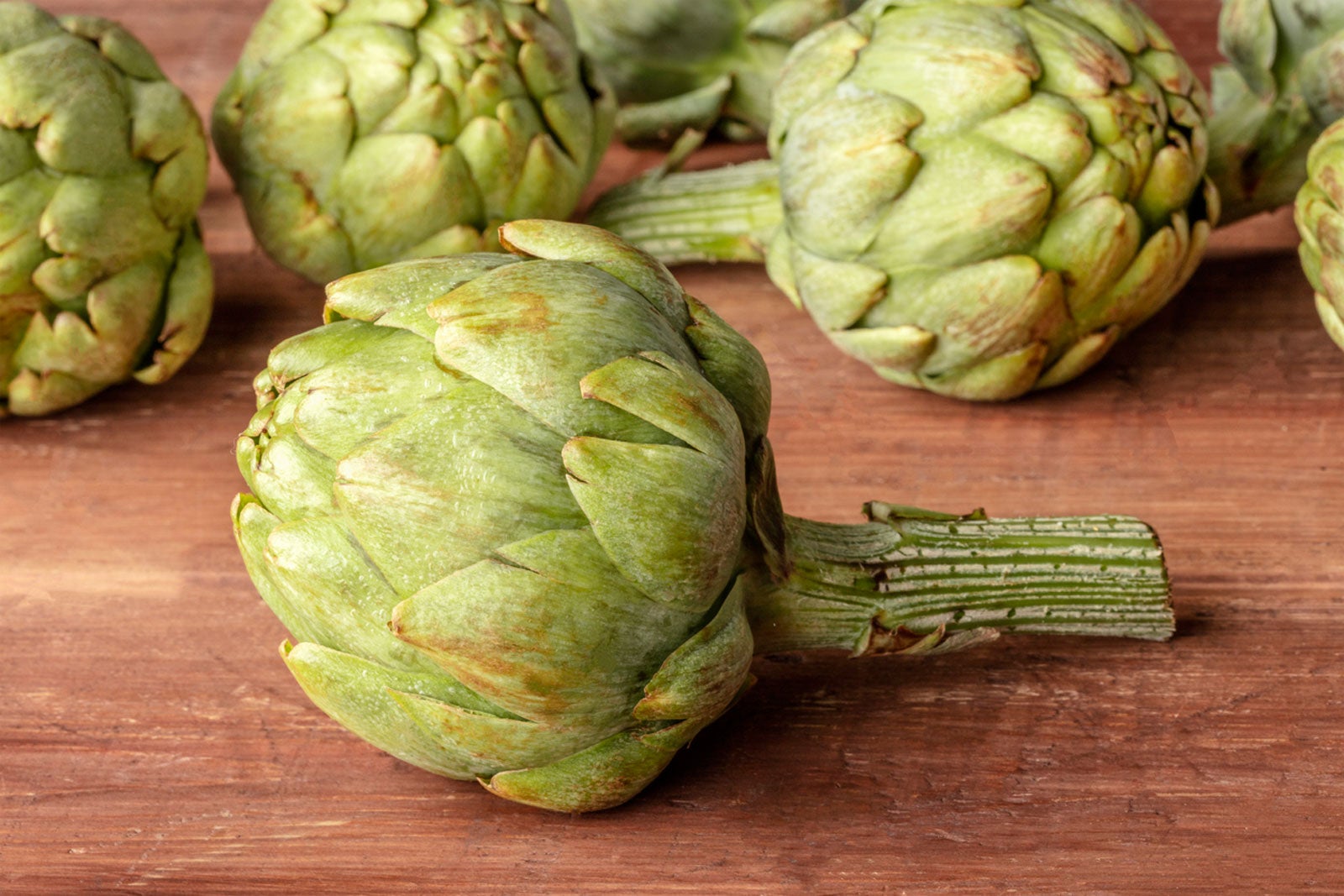 Green Globe Improved Artichoke: Learn About Green Globe Artichoke Care
Green Globe Improved Artichoke: Learn About Green Globe Artichoke CareGardeners grow plants either for their visual appeal or because they produce tasty fruits and vegetables. What if you could do both? The Green Globe Improved artichoke is not only a highly nutritious food but attractive when grown as an ornamental. Learn more here.
By Laura Miller
-
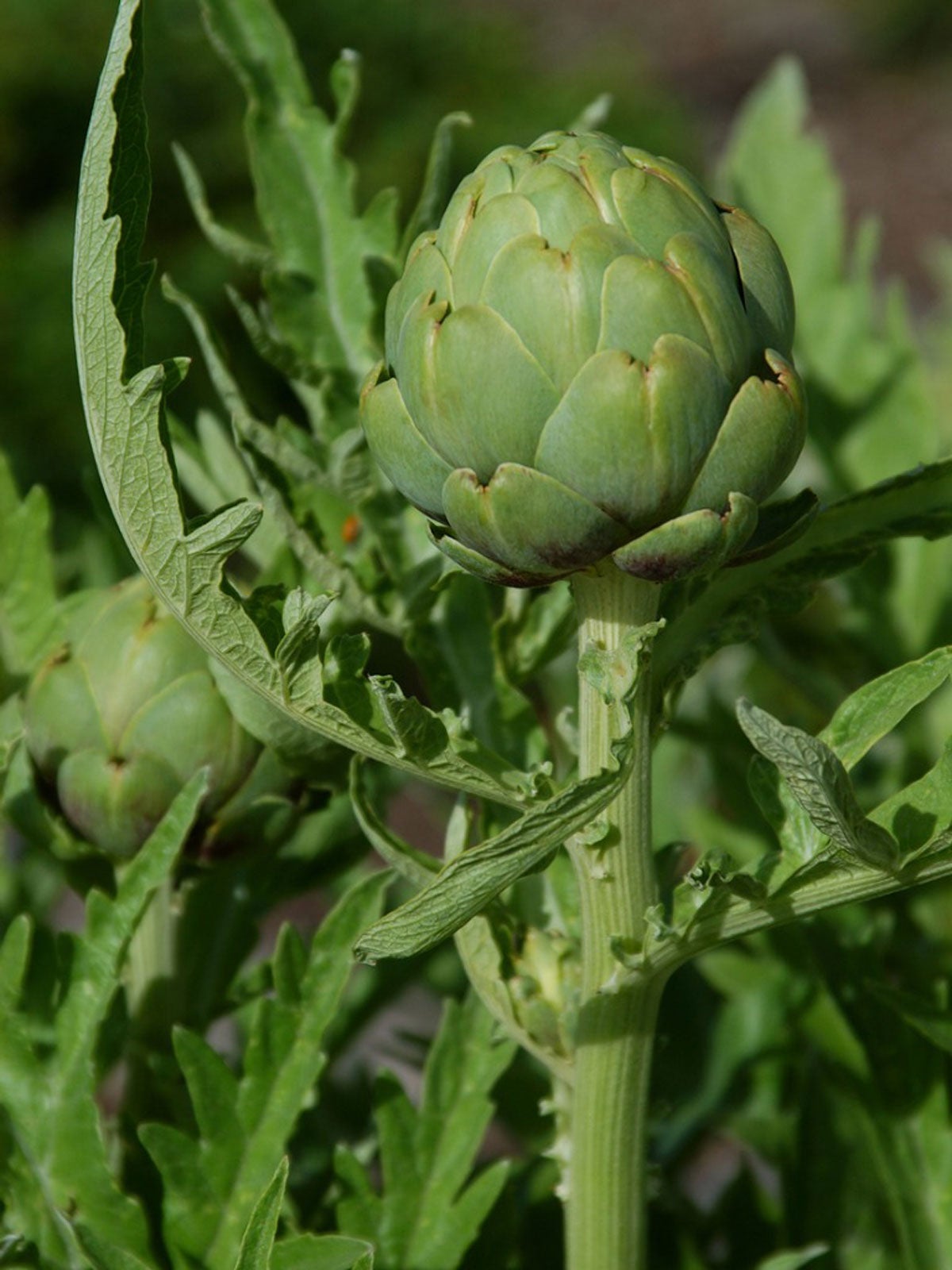 Imperial Star Artichoke Care: How To Grow An Imperial Star Artichoke Plant
Imperial Star Artichoke Care: How To Grow An Imperial Star Artichoke PlantSince Imperial Star artichokes were specifically bred for cultivation as a cold-climate annual, this variety is well adapted for home gardeners who are unable to grow artichokes as perennials. Learn more about this artichoke variety in this article.
By Laura Miller
-
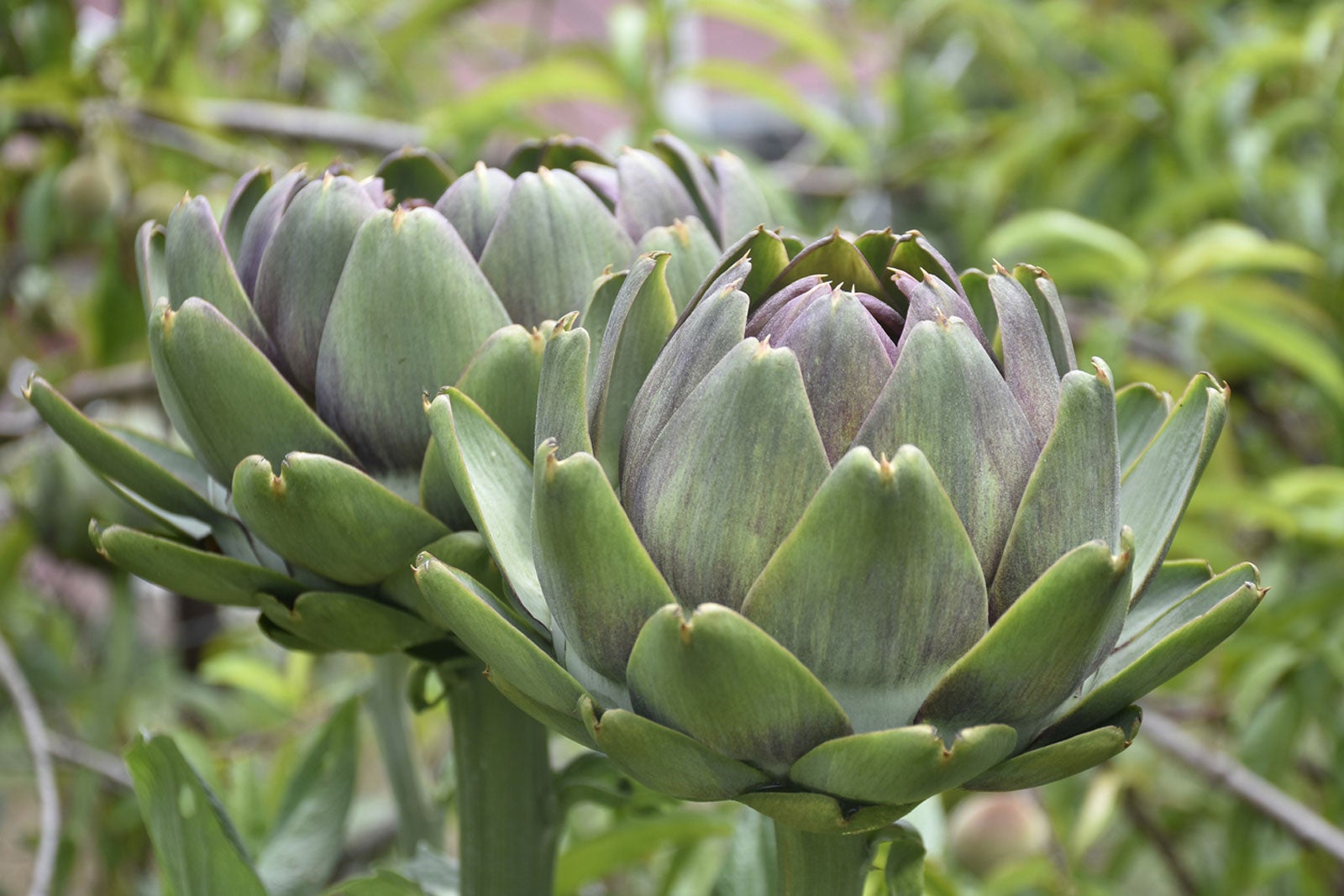 Artichoke Plant Types: Learn About Different Artichoke Varieties
Artichoke Plant Types: Learn About Different Artichoke VarietiesThere are several varieties of artichoke, some of which produce big buds with plenty of flesh, while others are more decorative. Click on the following article for information on different artichoke varieties that might be suitable for your region.
By Bonnie L. Grant
-
 Container Grown Artichoke Plants: How To Grow Artichokes In Pots
Container Grown Artichoke Plants: How To Grow Artichokes In PotsIf you don’t think you have garden space for the large artichoke plant, try growing an artichoke in a container. Potted artichokes are simple to grow if you follow the container grown artichoke tips from this article. Click here to learn more.
By Amy Grant
-
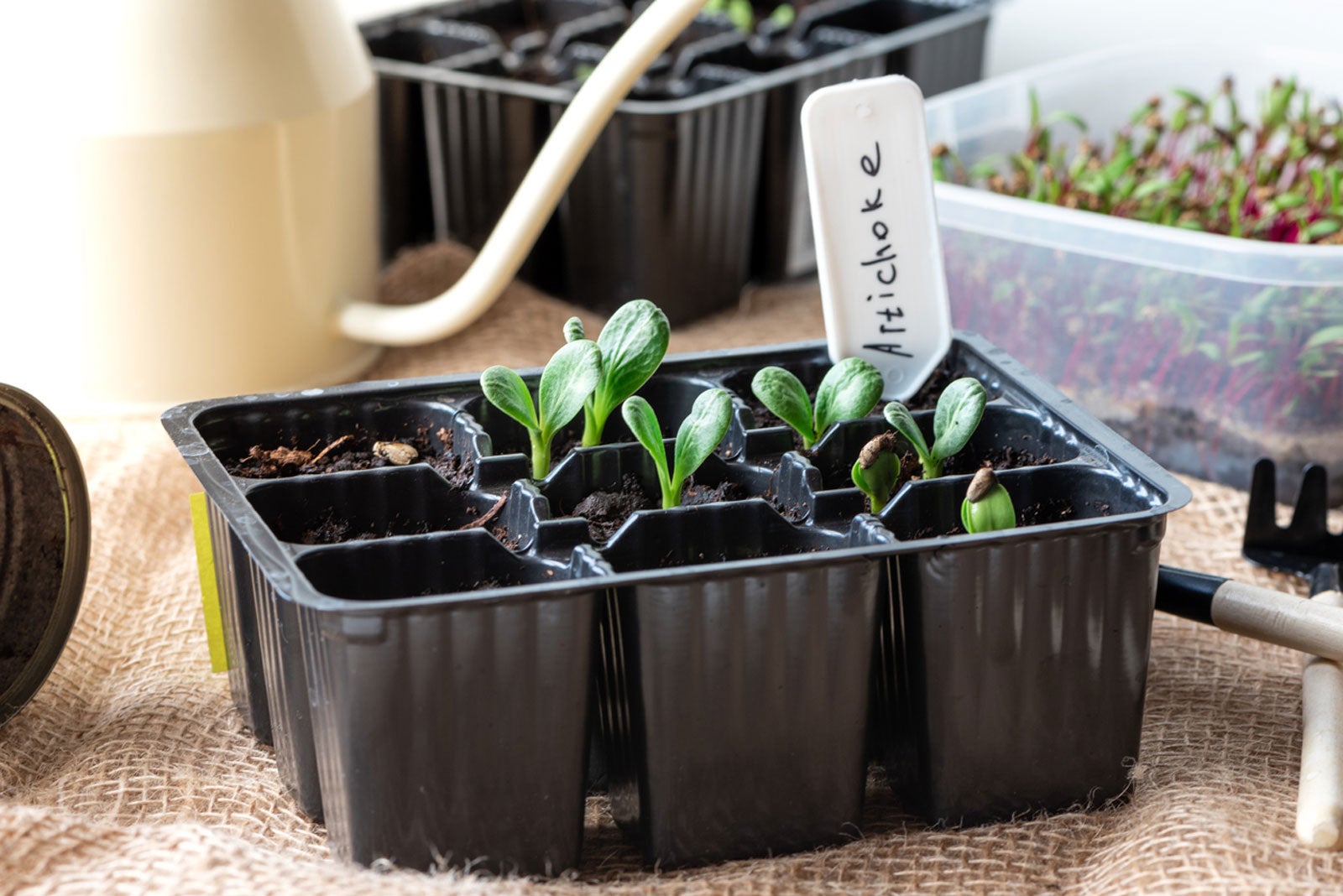 Artichoke Plant Propagation – How To Propagate An Artichoke
Artichoke Plant Propagation – How To Propagate An ArtichokeThe propagation of artichoke plants is believed to have originated in the Mediterranean area where this perennial thistle was considered a delicacy. For information on propagating artichoke plants to grow in the garden, click the following article.
By Laura Miller
-
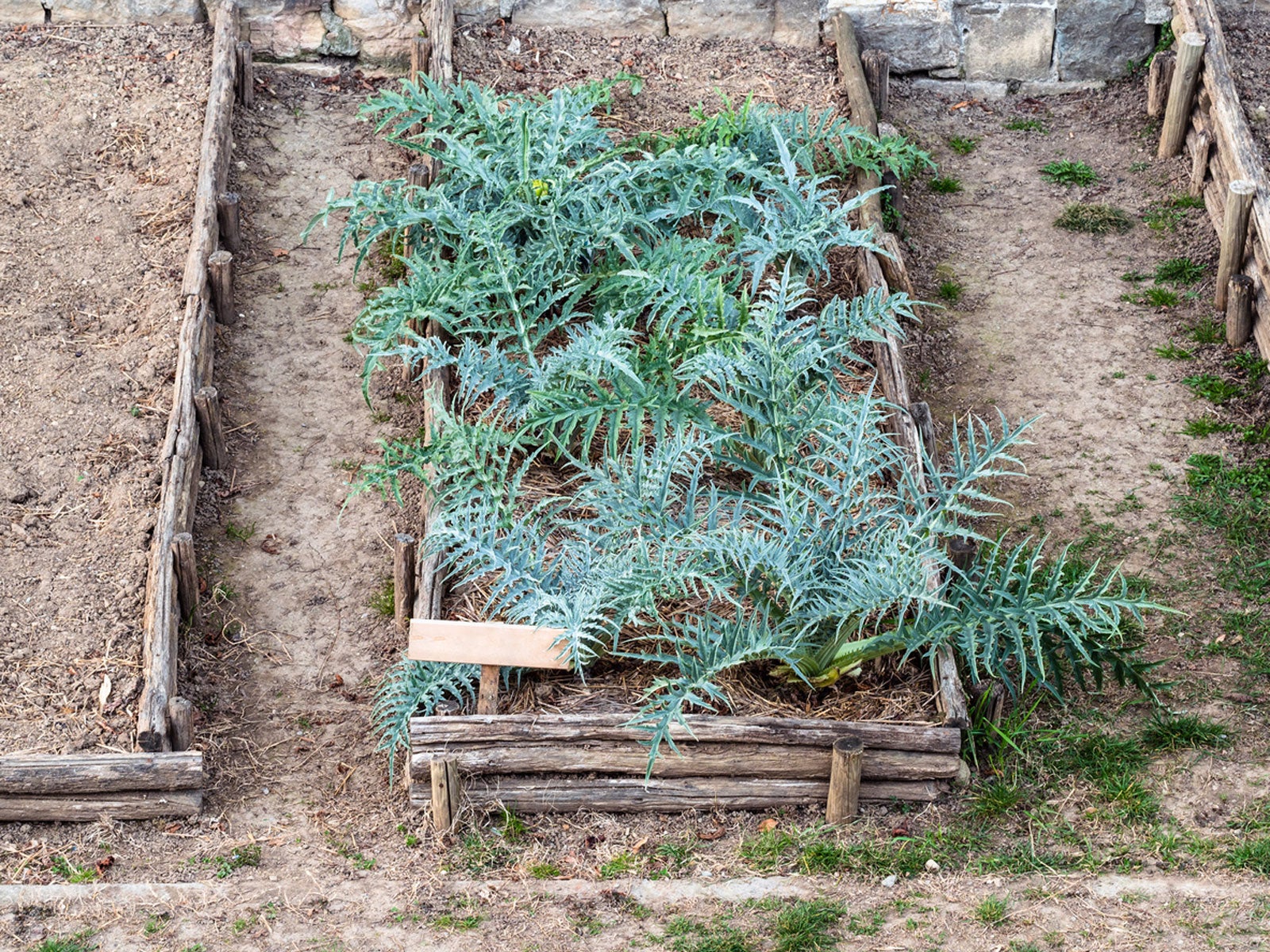 Artichoke Winter Care: Learn About Overwintering Artichoke Plants
Artichoke Winter Care: Learn About Overwintering Artichoke PlantsArtichokes are primarily cultivated commercially in sunny California, but are artichokes cold hardy? Overwintering artichoke plants isn’t difficult; it simply takes a little knowledge and planning. Click here for more information on artichokes in winter.
By Amy Grant
-
 Artichoke Companion Planting: Learn About Artichoke Plant Companions
Artichoke Companion Planting: Learn About Artichoke Plant CompanionsIf you do choose to add artichokes to your garden, it's important to know which plants work well near them and which don't. This article has additional information about what to plant next to artichokes. Click here to learn more.
By Liz Baessler
-
 Problems With Artichoke Plants: Pest Control And Care Of Diseased Artichokes
Problems With Artichoke Plants: Pest Control And Care Of Diseased ArtichokesYou may on occasion encounter a few problems with artichoke plants while growing them. To get help for artichoke plants under attack, use the information found in this article.
By Bonnie L. Grant